Home>Gardening & Outdoor>Pool & Spa Care>How Often Should A Hot Tub Filter Cycle Run
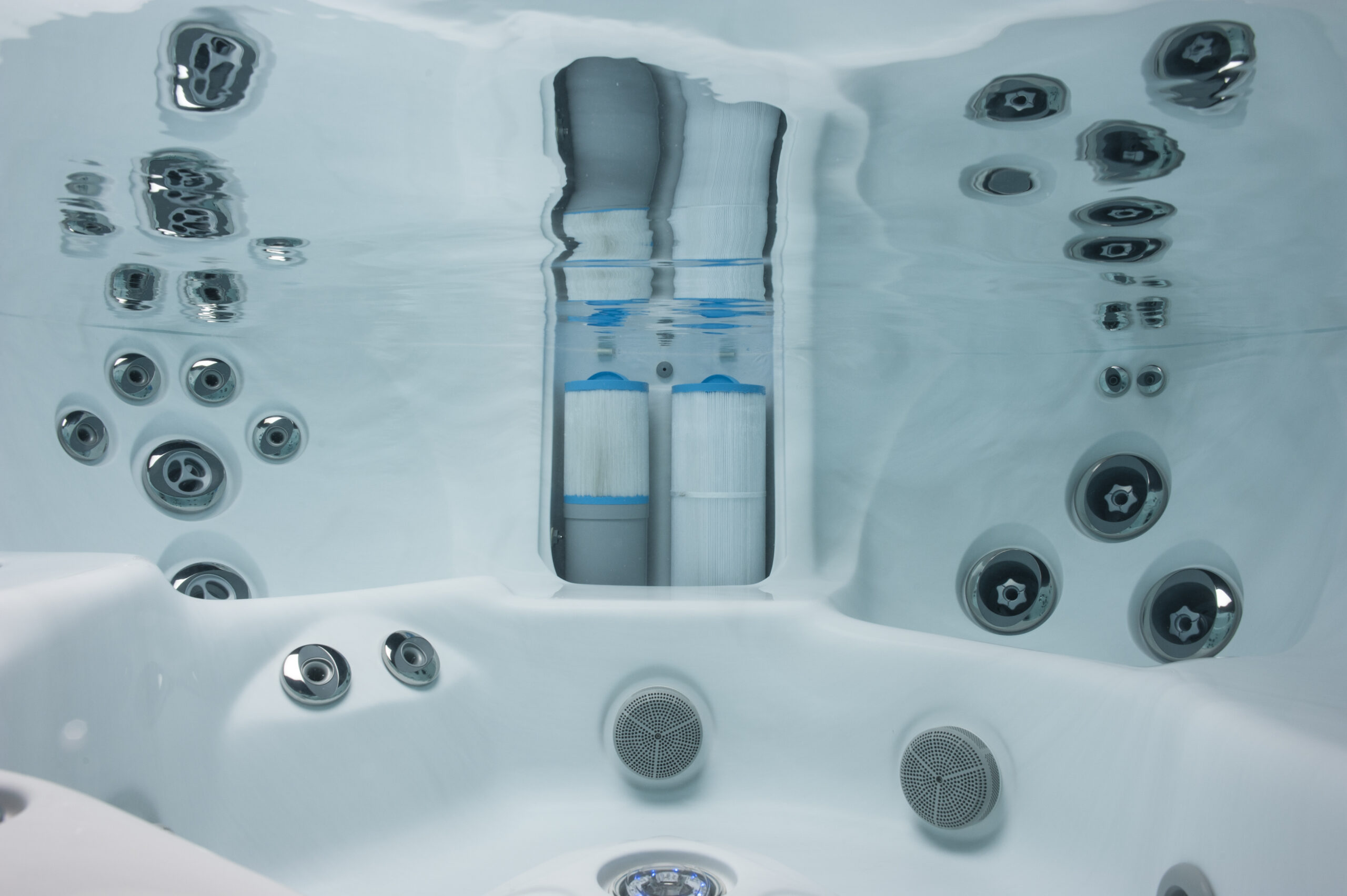

Pool & Spa Care
How Often Should A Hot Tub Filter Cycle Run
Modified: October 20, 2024
Learn how to maintain the optimal performance of your hot tub filter with our expert guide. Discover the ideal filter cycle run frequency for effective pool and spa care.
(Many of the links in this article redirect to a specific reviewed product. Your purchase of these products through affiliate links helps to generate commission for Storables.com, at no extra cost. Learn more)
Introduction
Owning a hot tub is a luxurious experience that offers relaxation and rejuvenation right in the comfort of your own home. However, to ensure that your hot tub water remains clean, clear, and safe for use, it's crucial to understand the importance of the filter cycle. The filter cycle is a fundamental aspect of hot tub maintenance, as it plays a pivotal role in keeping the water free from impurities, contaminants, and debris. In this comprehensive guide, we will delve into the significance of the filter cycle, the factors that influence its duration, and the recommended practices for optimizing its performance. Whether you are a seasoned hot tub enthusiast or a novice owner, mastering the art of the filter cycle will undoubtedly elevate your hot tub experience to new heights.
Key Takeaways:
- Keep your hot tub water clean and inviting by running the filter cycle for a minimum of 8 hours per day, adjusting as needed based on usage, environment, and water quality.
- Watch out for signs of inadequate filtration like cloudy water, debris buildup, odors, increased chemical demand, and algae growth. Adjust the filter cycle and follow maintenance tips to keep your hot tub water pristine.
Read more: How Long Should Filter Cycle Run On Hot Tub
Importance of Filter Cycle
The filter cycle in a hot tub serves as a vital mechanism for maintaining water clarity and purity. As the water circulates through the filtration system, it undergoes a process of cleansing and purification, effectively removing various forms of debris, contaminants, and impurities. This continuous filtration process is essential for preserving the overall water quality and preventing the accumulation of harmful substances.
One of the primary functions of the filter cycle is to capture and eliminate visible particles such as leaves, insects, dirt, and other debris that may enter the hot tub. Additionally, the filter cycle targets microscopic contaminants, including bacteria, algae, and organic matter, which can proliferate in untreated water. By effectively trapping these impurities, the filter cycle helps to inhibit the growth of harmful microorganisms and maintain a hygienic environment within the hot tub.
Furthermore, a properly functioning filter cycle contributes to the prevention of cloudy water, scaling, and unpleasant odors. Without adequate filtration, the water can become turbid due to suspended particles and organic compounds. This not only diminishes the visual appeal of the hot tub but also indicates a decline in water quality. Moreover, the accumulation of minerals and impurities can lead to scaling, which may affect the hot tub components and create an unsightly layer on the waterline. The filter cycle plays a crucial role in mitigating these issues by continuously purifying the water.
Overall, the filter cycle is indispensable for sustaining a clean and inviting hot tub environment. By consistently removing debris, contaminants, and impurities, the filter cycle promotes water clarity, hygiene, and overall enjoyment. Understanding the significance of this filtration process is essential for maintaining a pristine hot tub and ensuring a delightful soaking experience.
Factors Affecting Filter Cycle
Several factors influence the duration and effectiveness of the filter cycle in a hot tub. Understanding these variables is crucial for optimizing the filtration process and maintaining superior water quality. By considering the following factors, hot tub owners can make informed decisions regarding the frequency and duration of the filter cycle:
- Hot Tub Usage: The frequency and duration of hot tub usage significantly impact the filter cycle. Regular use introduces a higher concentration of contaminants and organic matter into the water, necessitating more frequent filtration to uphold water clarity.
- Environmental Conditions: External elements such as wind-blown debris, pollen, and dust can infiltrate the hot tub, affecting the cleanliness of the water. Additionally, exposure to sunlight and temperature fluctuations can influence the growth of algae and bacteria, influencing the demand for filtration.
- Chemical Balance: The chemical balance of the hot tub water plays a pivotal role in the efficiency of the filter cycle. Properly balanced water with adequate sanitizer levels and pH control facilitates the filtration process, while imbalanced water may hinder filtration effectiveness.
- Filtration System Capacity: The type and capacity of the hot tub’s filtration system directly impact the filter cycle. A larger or more advanced filtration system may require less frequent cycles, while smaller or less efficient systems may necessitate more frequent filtration.
- Water Quality: The initial quality of the water, including its source and pre-existing impurities, can affect the filter cycle. Water with higher levels of contaminants may require more rigorous filtration to maintain optimal cleanliness.
By considering these factors and their influence on the filter cycle, hot tub owners can tailor their maintenance practices to accommodate specific needs and environmental conditions. Adapting the filter cycle to align with these variables is essential for preserving water quality and ensuring a delightful hot tub experience.
Recommended Filter Cycle Duration
The optimal duration for the filter cycle in a hot tub can vary based on several factors, including usage patterns, environmental conditions, and the specific characteristics of the filtration system. While there is no one-size-fits-all approach, a general recommendation for the filter cycle duration is to run the filtration system for a minimum of 8 hours per day. However, this guideline can be adjusted based on the following considerations:
- Frequency of Use: If the hot tub experiences frequent use, especially by multiple bathers, it may be beneficial to extend the filter cycle duration to accommodate the higher demand for filtration.
- Environmental Factors: In areas prone to heavy winds, pollen, or other airborne debris, increasing the filter cycle duration can help mitigate the impact of external contaminants on the water quality.
- Water Chemistry: Monitoring the chemical balance of the hot tub water is crucial. If the water chemistry is well-maintained, the standard 8-hour filter cycle may suffice. However, in cases of fluctuating chemical levels or heightened usage, extending the filter cycle duration can be advantageous.
- Seasonal Adjustments: Environmental factors can vary with the seasons. During periods of heightened environmental stress, such as increased pollen in the spring or more frequent hot tub use in the summer, adjusting the filter cycle duration accordingly can help uphold water clarity.
It’s important for hot tub owners to observe and assess the specific conditions that impact their hot tub environment and adjust the filter cycle duration accordingly. Regular monitoring of water clarity, chemical levels, and environmental influences can provide valuable insights into the optimal duration for the filter cycle. By remaining attentive to these factors, hot tub enthusiasts can ensure that the filtration system effectively maintains water quality, promoting a pristine and inviting hot tub experience.
It is recommended to run your hot tub filter cycle for at least 8 hours a day to keep the water clean and free of debris. However, the frequency may vary depending on usage and the size of the hot tub. Regular maintenance and cleaning of the filter is also important to ensure optimal performance.
Signs of Inadequate Filter Cycle
Recognizing the signs of an inadequate filter cycle is essential for maintaining optimal water quality in a hot tub. When the filtration system is unable to effectively remove impurities and maintain cleanliness, various indicators may manifest, signaling the need for adjustments to the filter cycle duration or other maintenance protocols. Some common signs of an inadequate filter cycle include:
- Cloudy Water: Cloudiness in the hot tub water is often a visible indication of inadequate filtration. Suspended particles and impurities can cause the water to appear murky or hazy, diminishing its clarity and aesthetic appeal.
- Buildup of Debris: Accumulation of debris, such as leaves, insects, or dirt, despite regular cleaning, suggests that the filter cycle may not be effectively capturing and removing contaminants from the water.
- Persistent Odors: Unpleasant or persistent odors emanating from the hot tub water can be indicative of inadequate filtration. Foul smells may result from the presence of organic matter or bacteria that the filter cycle is unable to adequately address.
- Increased Chemical Demand: If the hot tub water requires higher doses of sanitizers or chemicals to maintain proper balance, it may indicate that the filter cycle is struggling to maintain water quality, leading to the need for additional chemical treatment.
- Algae Growth: The presence of algae in the hot tub, characterized by greenish or brownish discoloration, suggests that the filter cycle is not effectively inhibiting the growth of algae and may require adjustments to improve filtration.
Observing these signs and promptly addressing any indications of inadequate filtration is crucial for preserving a clean and inviting hot tub environment. By recognizing these symptoms, hot tub owners can take proactive measures to optimize the filter cycle and ensure that the water remains clear, hygienic, and conducive to relaxation.
Read more: How Often Should I Replace Hot Tub Filter
Tips for Optimizing Filter Cycle
Optimizing the filter cycle in a hot tub is essential for sustaining superior water quality and ensuring a delightful soaking experience. By implementing the following tips, hot tub owners can maximize the effectiveness of the filter cycle and maintain a pristine hot tub environment:
- Regular Maintenance: Consistent maintenance of the hot tub, including skimming the water surface, vacuuming debris, and cleaning the filter elements, is crucial for optimizing the filter cycle. Removing visible contaminants reduces the burden on the filtration system, enhancing its efficiency.
- Monitor Water Chemistry: Regularly test the hot tub water for pH levels, sanitizer concentration, and alkalinity. Maintaining balanced water chemistry promotes efficient filtration and prolongs the lifespan of the filter components.
- Adjust Filter Cycle Duration: Based on usage patterns, environmental conditions, and water quality, consider adjusting the duration of the filter cycle to align with specific needs. Increasing the filtration duration during periods of heightened demand can bolster water clarity.
- Invest in Quality Filters: Utilize high-quality filters designed for your hot tub model. Replace filters as recommended by the manufacturer to ensure optimal filtration performance and prevent the accumulation of debris and contaminants.
- Consider Secondary Sanitizers: Incorporating secondary sanitizers, such as mineral cartridges or ozone generators, can complement the filter cycle by targeting additional impurities and promoting water clarity.
- Shelter from Environmental Factors: Shielding the hot tub from excessive wind, direct sunlight, and debris can minimize the impact of external factors on water quality, reducing the strain on the filter cycle.
- Professional Servicing: Schedule periodic inspections and servicing by qualified technicians to ensure that the filtration system and associated components are functioning optimally. Professional maintenance can identify and address potential issues that may compromise filtration efficiency.
By incorporating these strategies into their hot tub maintenance regimen, owners can enhance the performance of the filter cycle and uphold pristine water quality. Proactive measures, coupled with attentive care and regular assessment, are instrumental in optimizing the filter cycle and cultivating a consistently enjoyable hot tub experience.
Conclusion
Mastering the art of the filter cycle is paramount for preserving the cleanliness, clarity, and overall quality of the water in a hot tub. By understanding the significance of the filter cycle, recognizing the factors that influence its duration, and implementing best practices for optimization, hot tub owners can elevate their maintenance efforts and ensure a consistently inviting hot tub environment.
Regular monitoring of the filter cycle, coupled with proactive adjustments based on usage patterns, environmental conditions, and water chemistry, empowers hot tub enthusiasts to maintain optimal water quality. Recognizing the signs of inadequate filtration and promptly addressing any indications of inefficiency is crucial for safeguarding the integrity of the hot tub water.
By adhering to recommended filter cycle durations, implementing maintenance best practices, and investing in quality filtration components, hot tub owners can enjoy a pristine and hygienic soaking experience. The filter cycle serves as the backbone of hot tub maintenance, continuously working to eliminate impurities and contaminants, and uphold water clarity for a refreshing and enjoyable retreat.
In conclusion, a well-maintained filter cycle is the cornerstone of a clean and inviting hot tub environment. By embracing the tips and insights outlined in this guide, hot tub owners can optimize their filter cycle, ensuring that the water remains a source of relaxation, rejuvenation, and pure enjoyment.
Frequently Asked Questions about How Often Should A Hot Tub Filter Cycle Run
Was this page helpful?
At Storables.com, we guarantee accurate and reliable information. Our content, validated by Expert Board Contributors, is crafted following stringent Editorial Policies. We're committed to providing you with well-researched, expert-backed insights for all your informational needs.
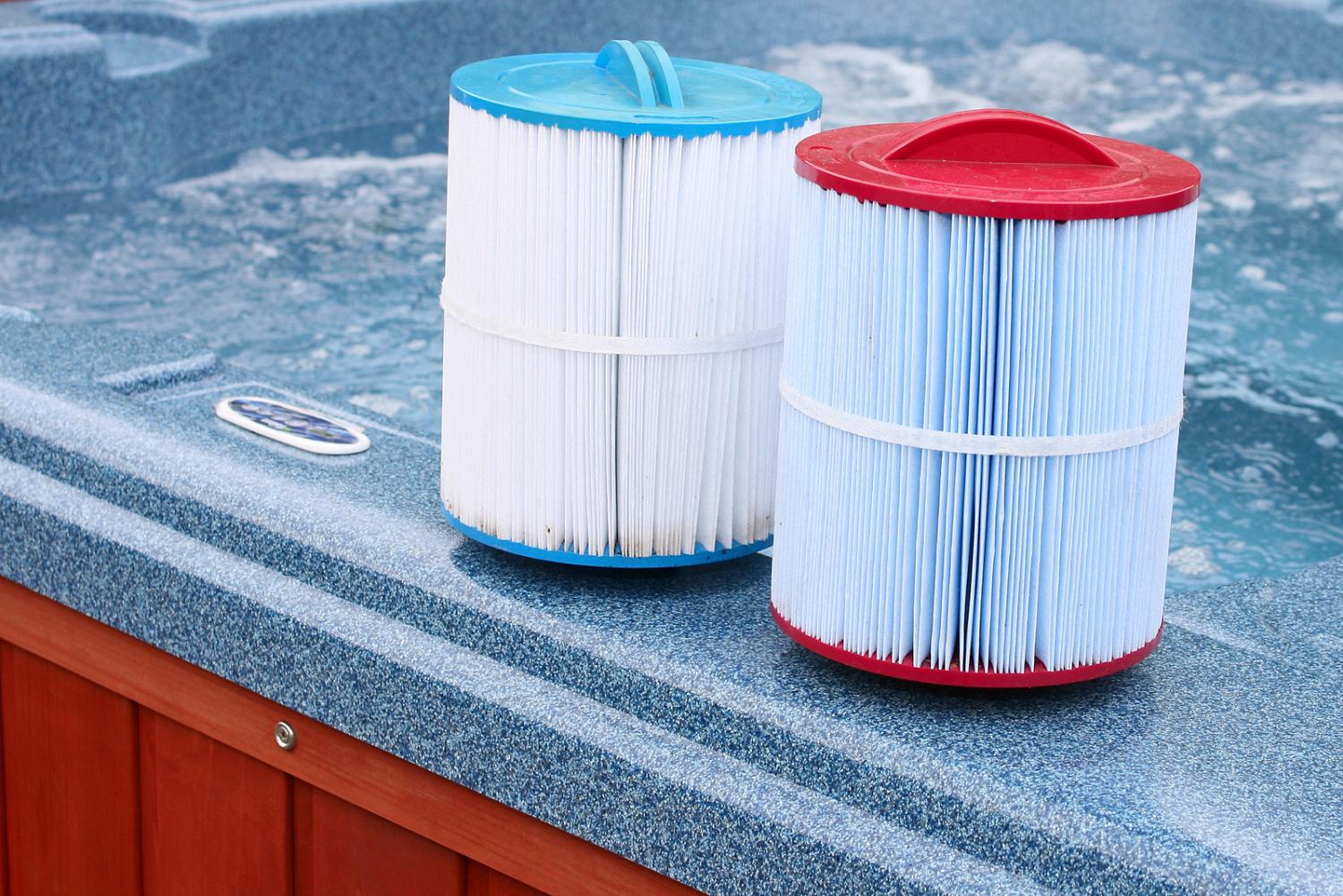
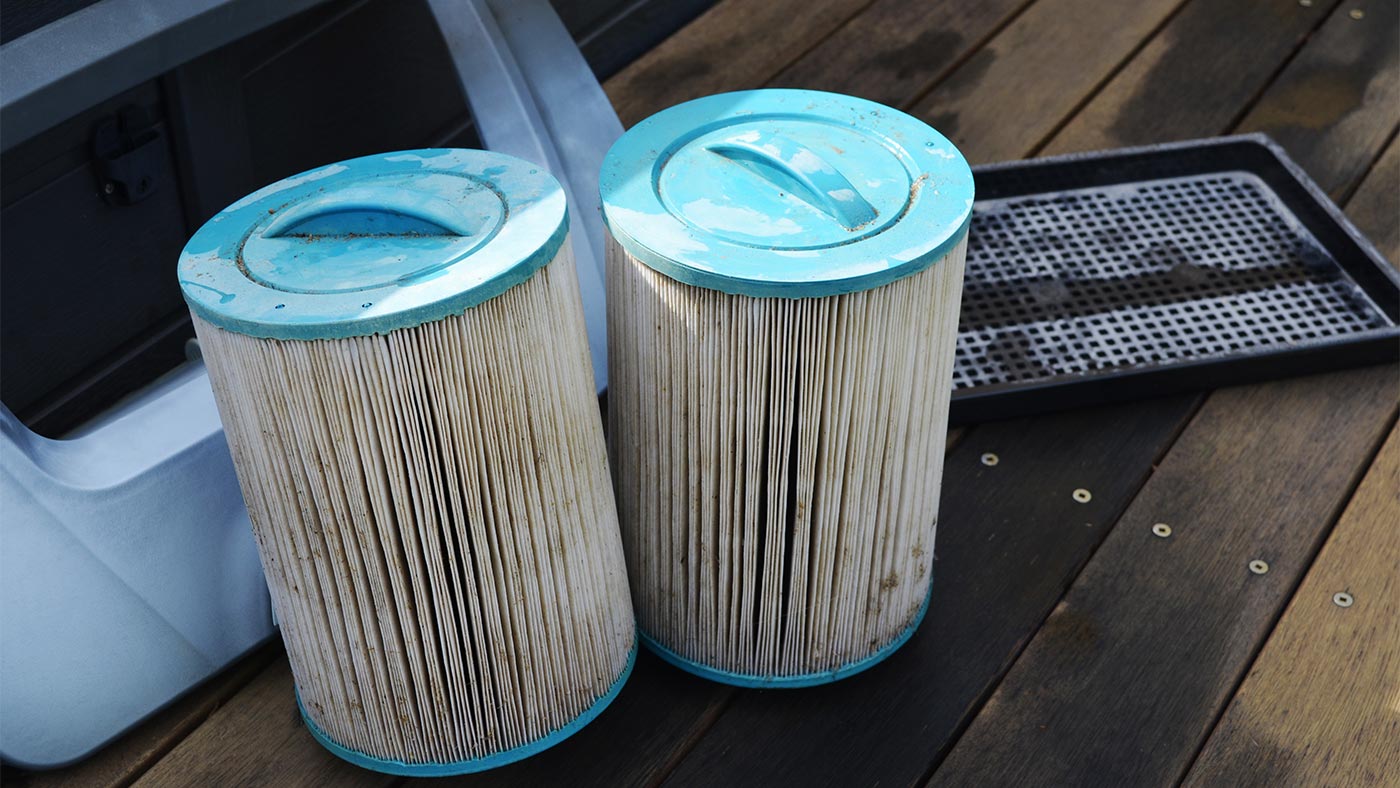
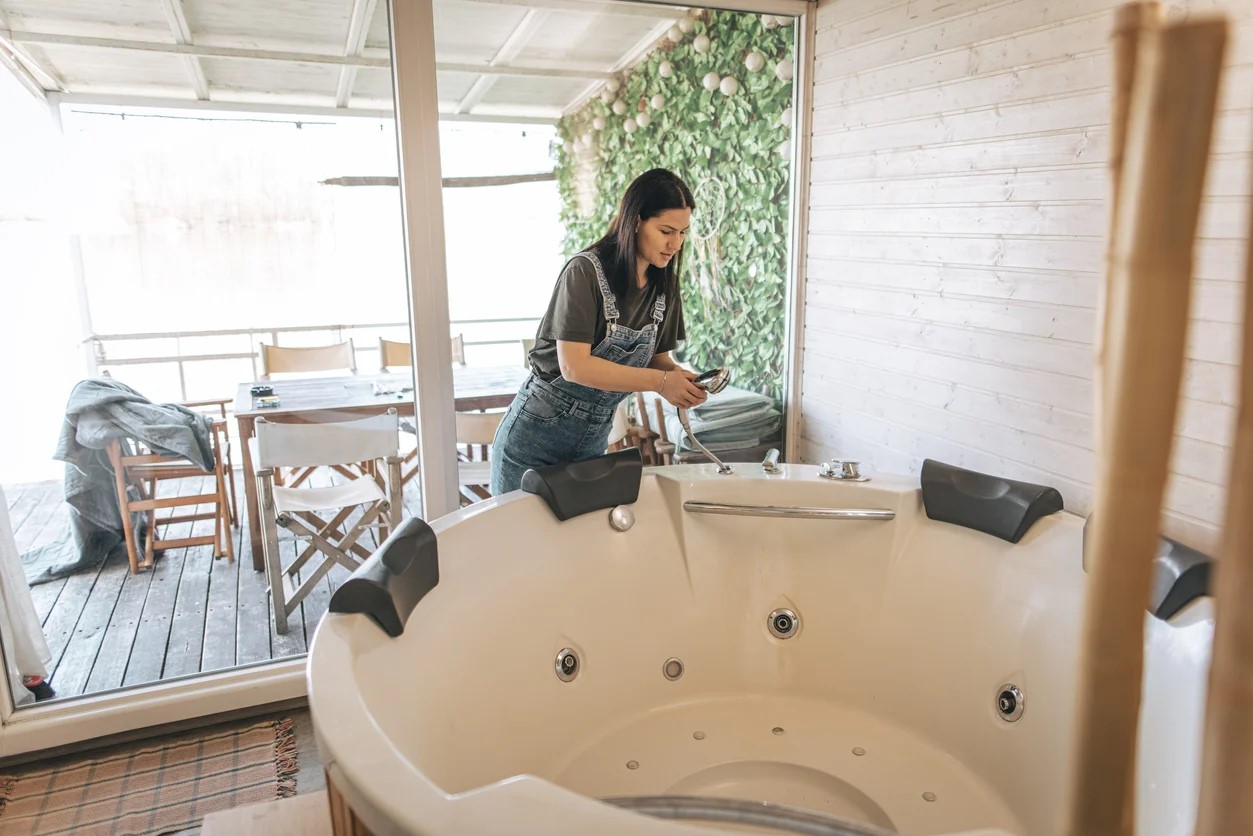
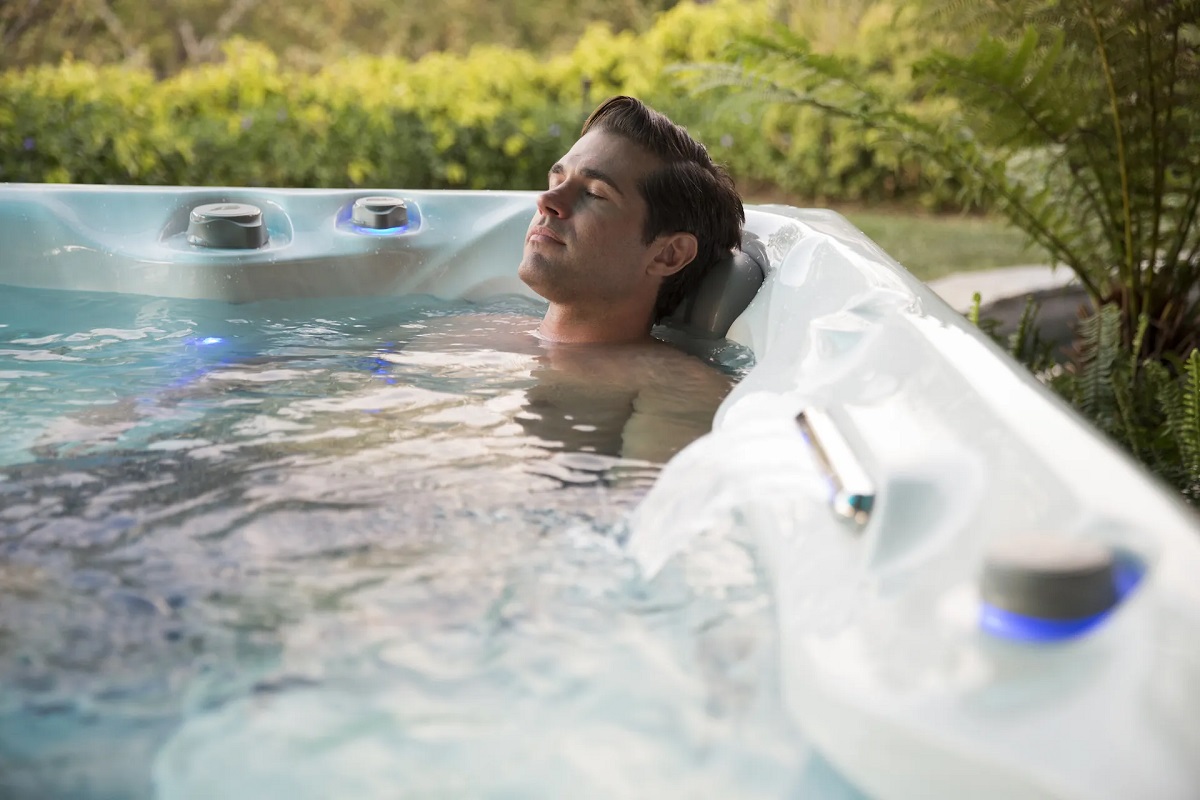
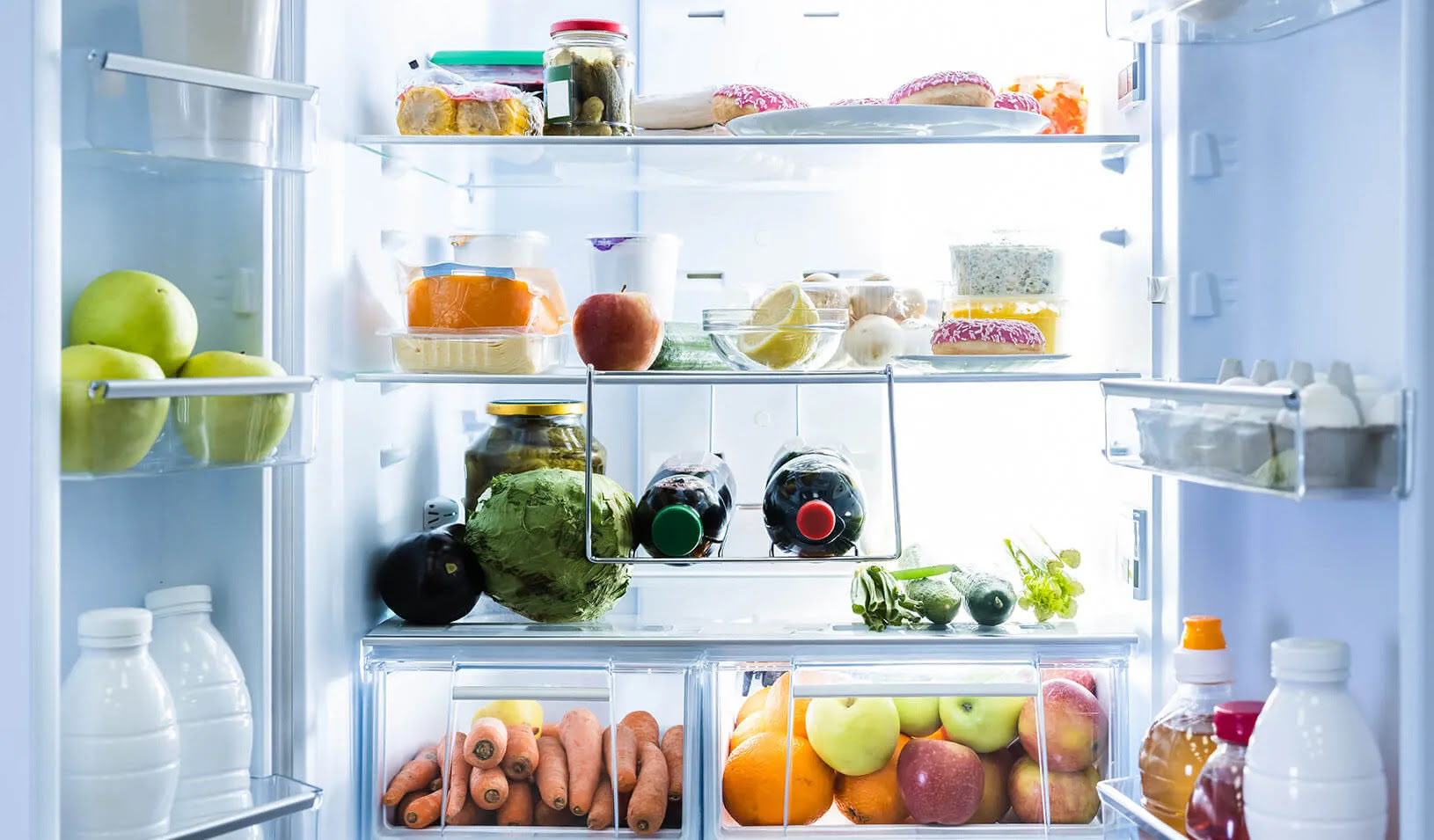
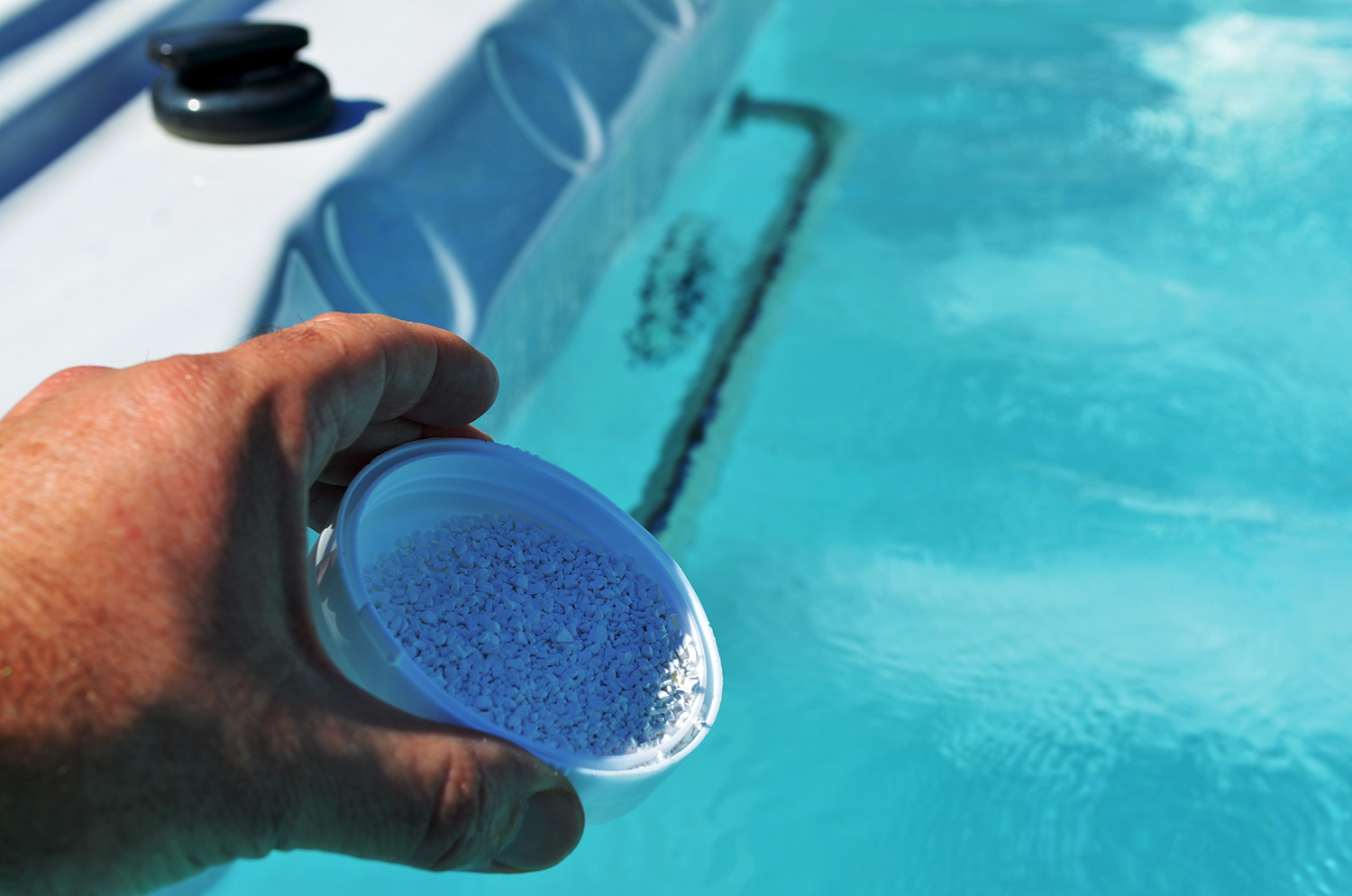
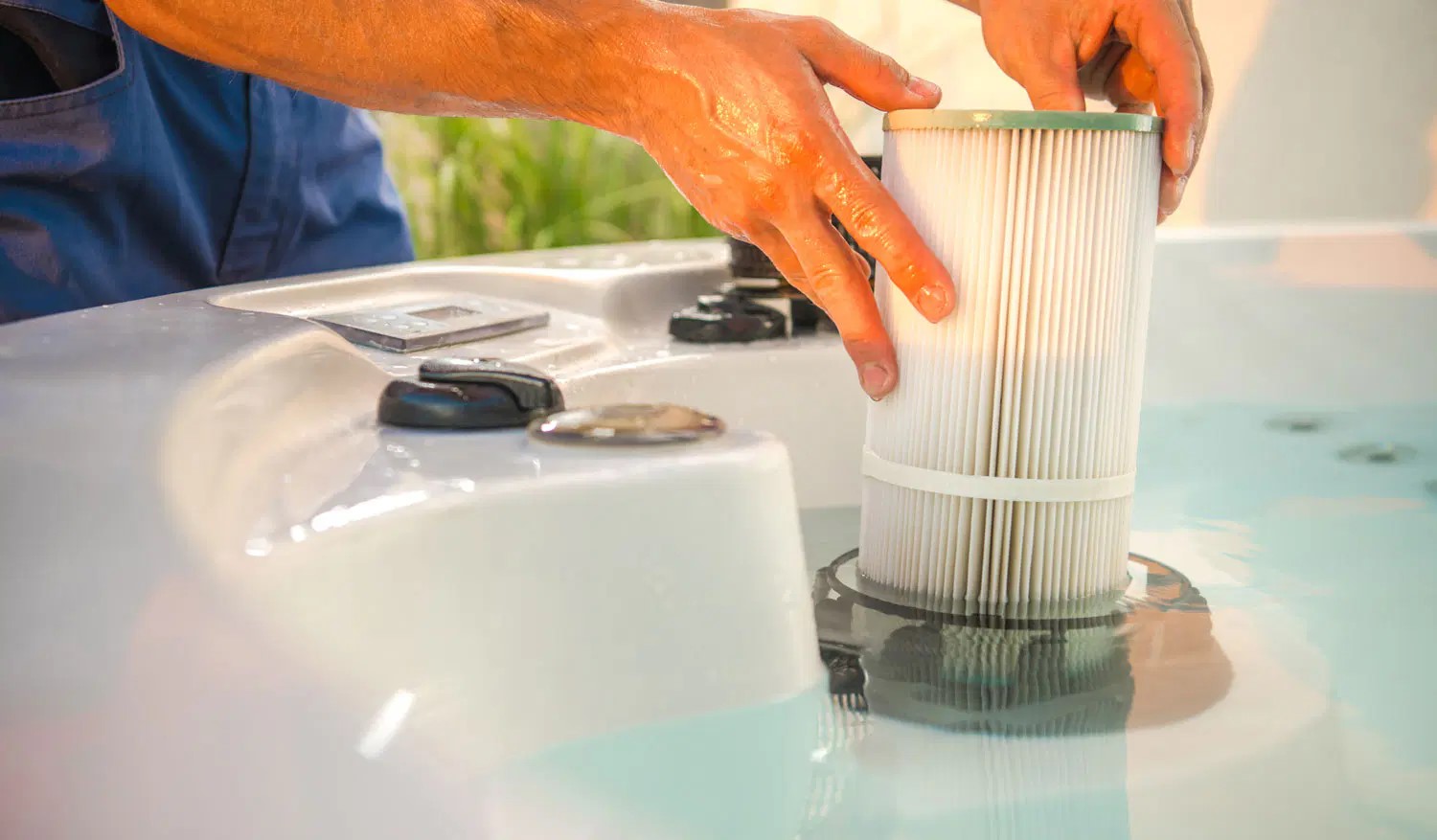
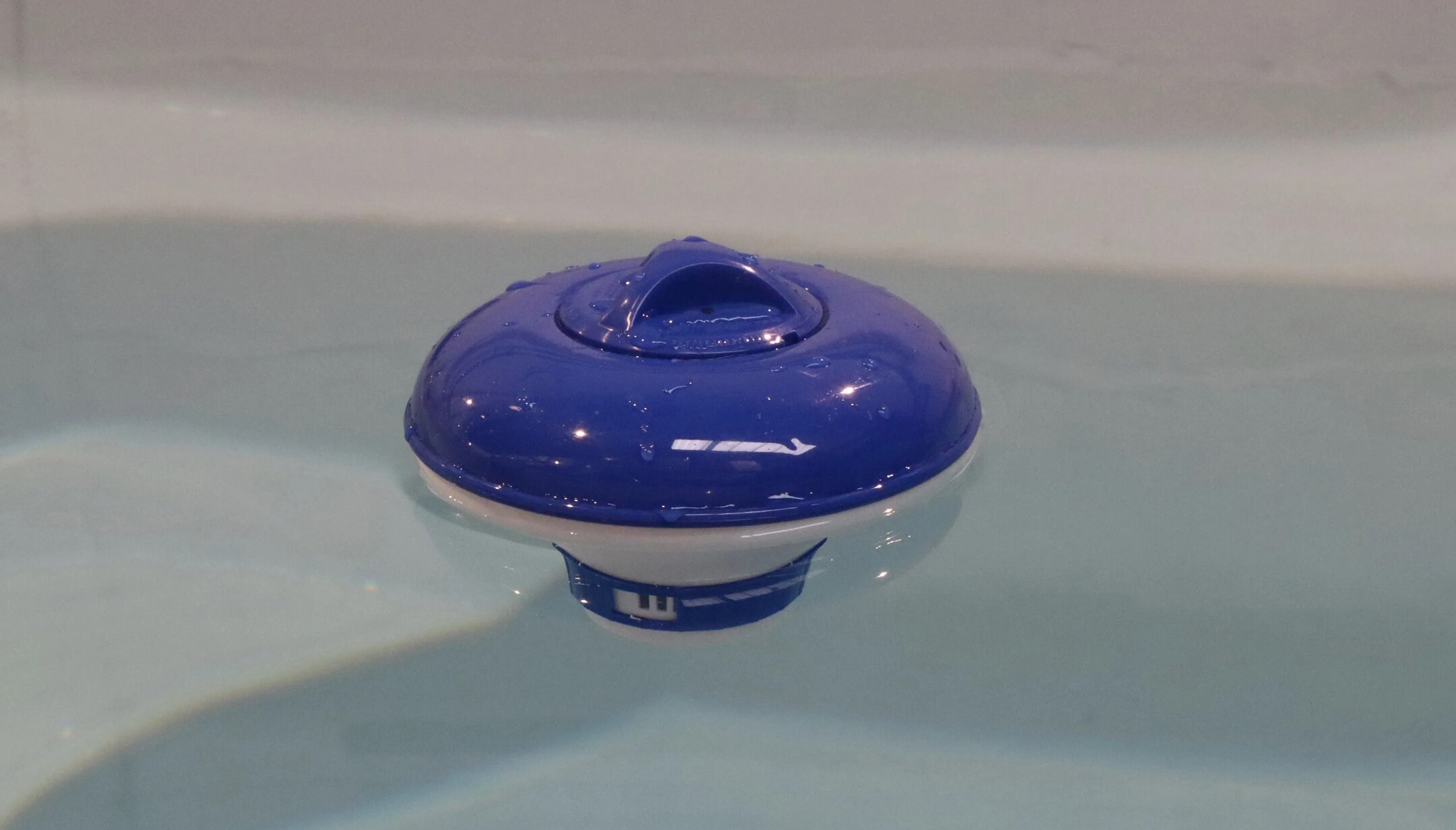
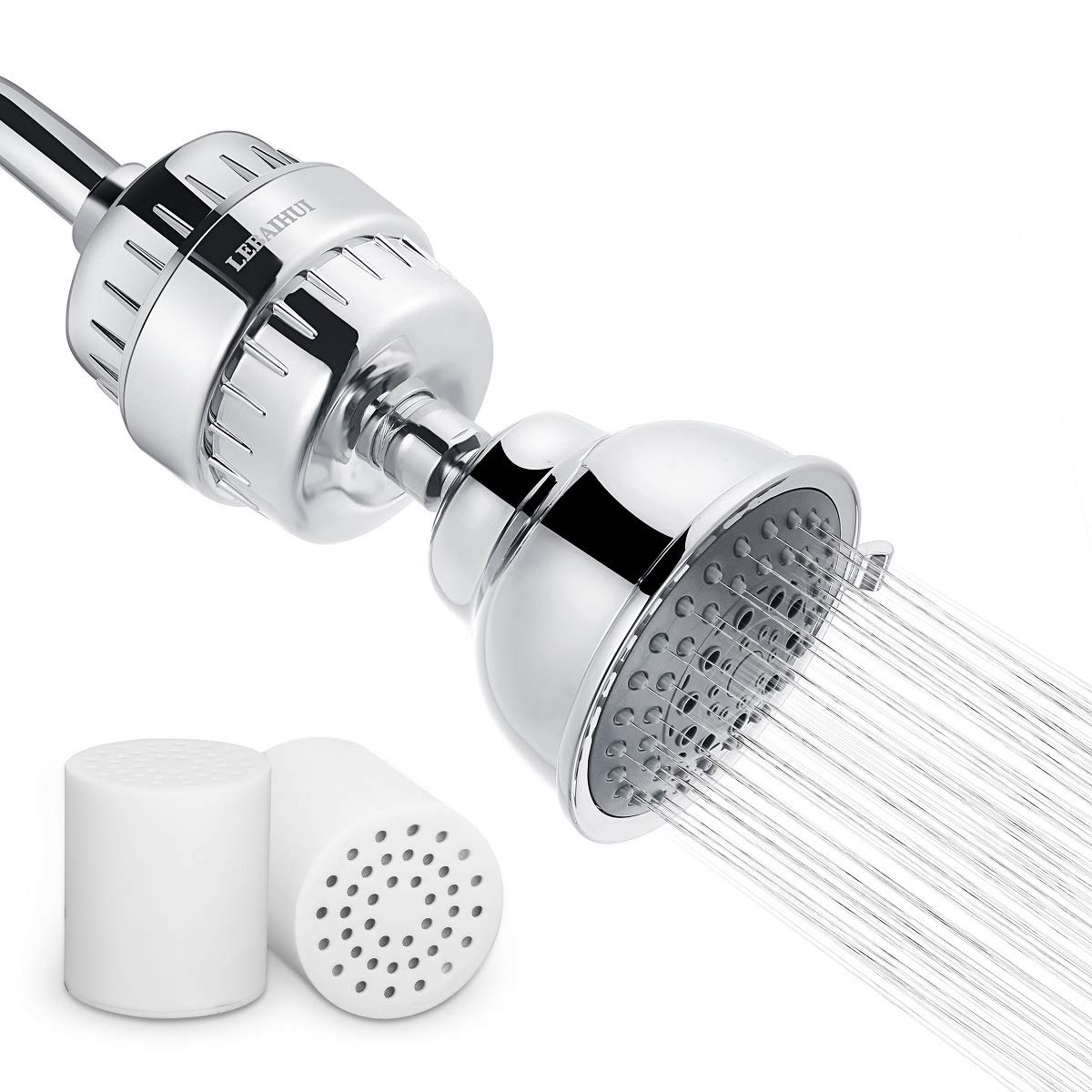
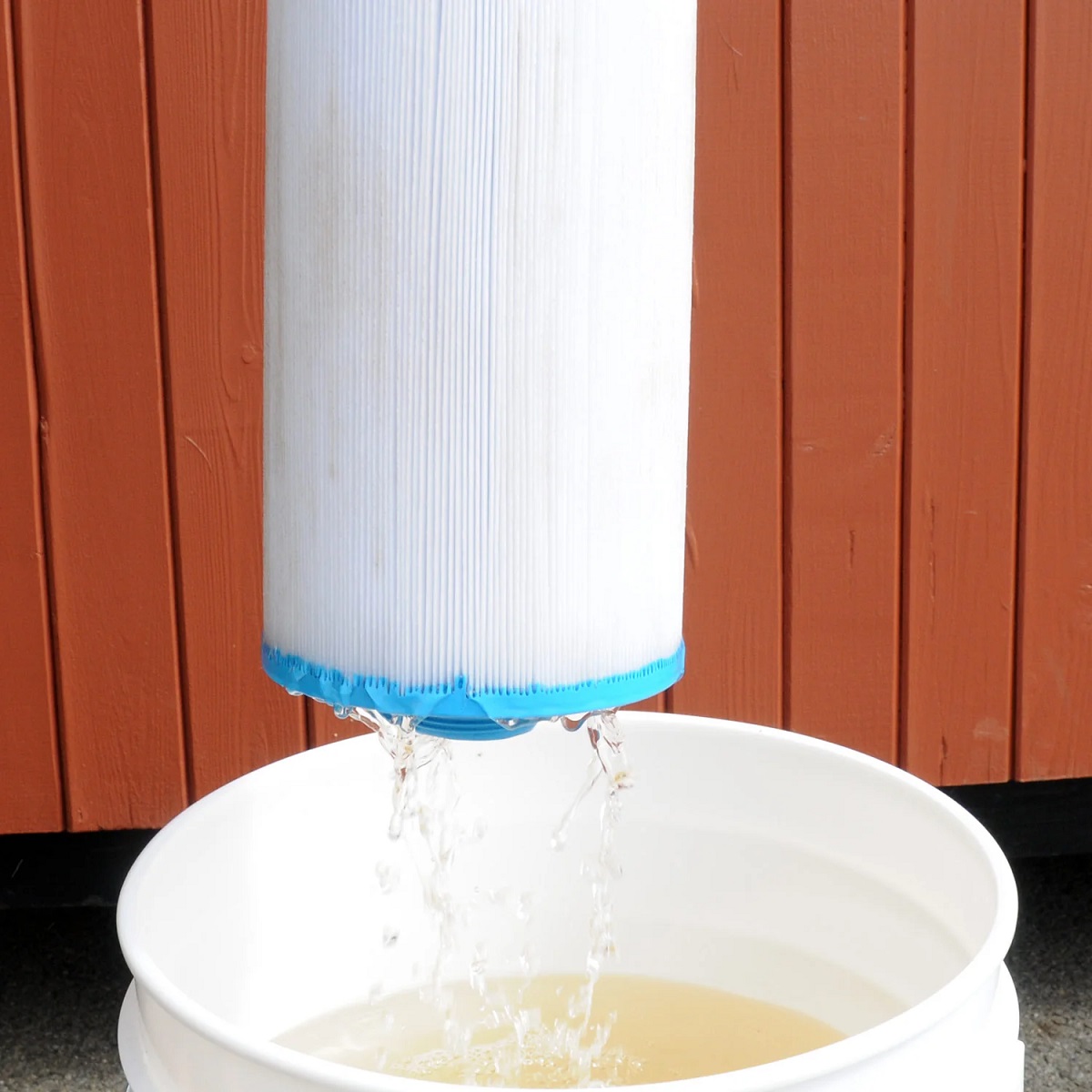
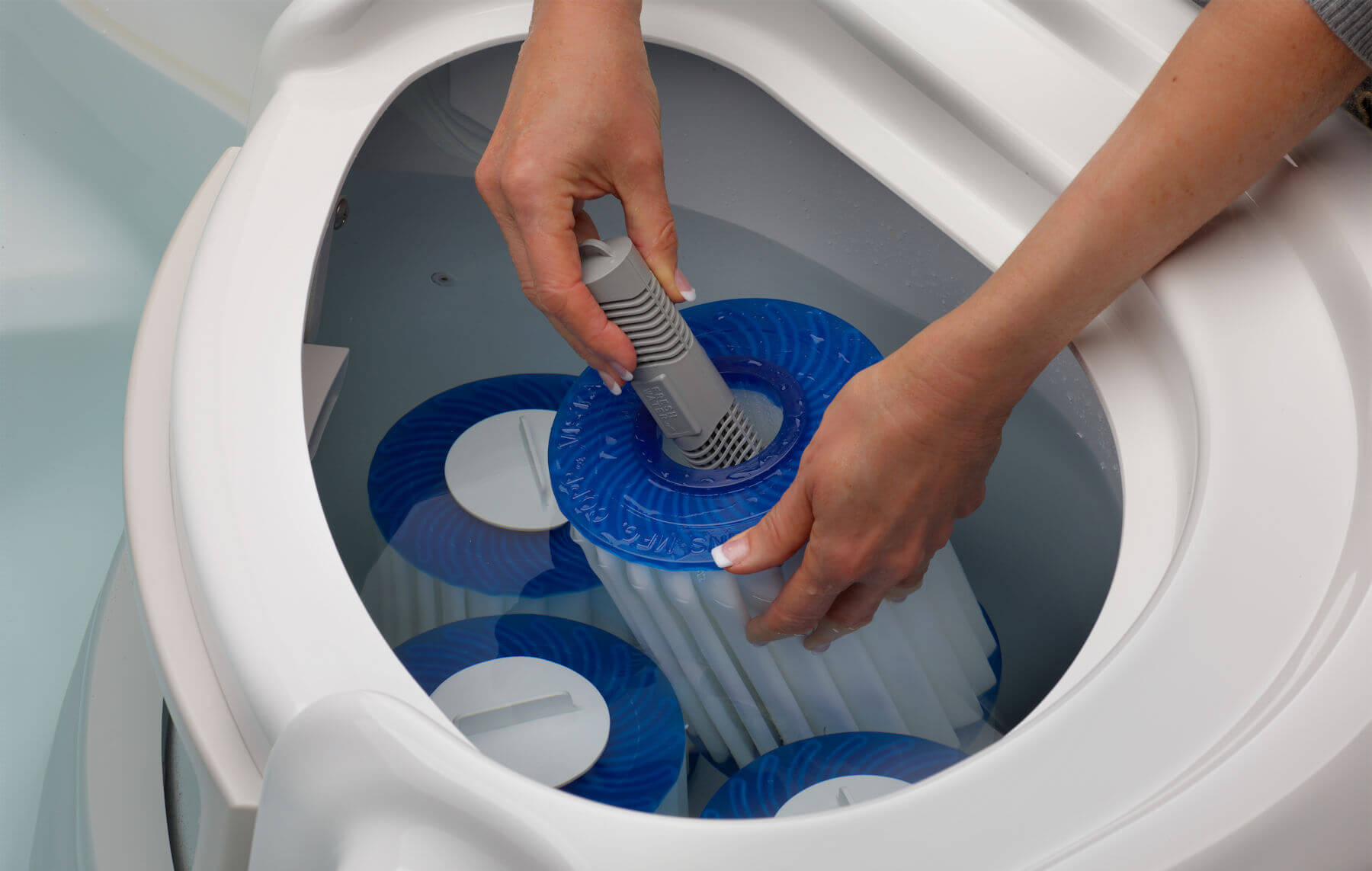
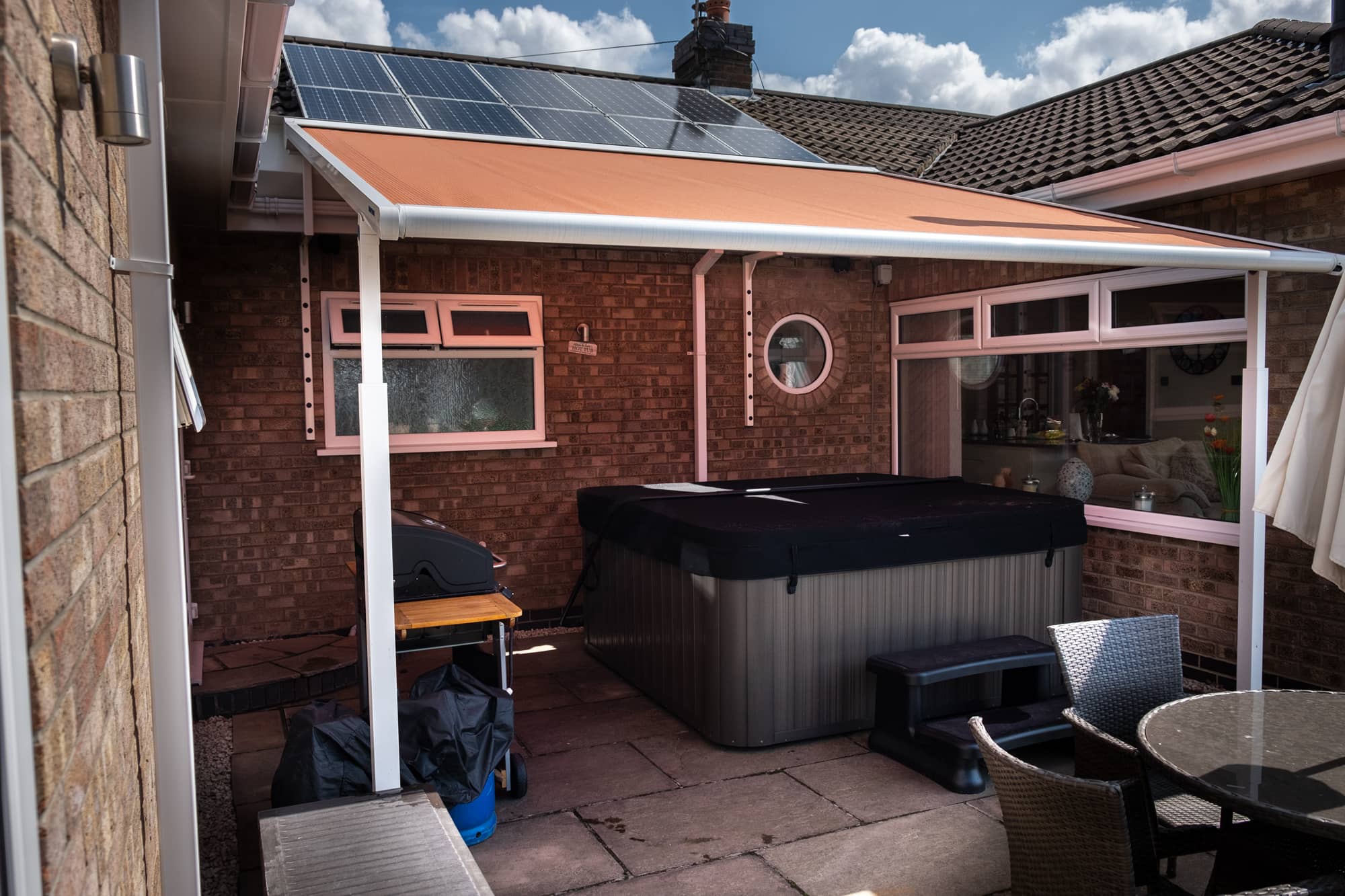
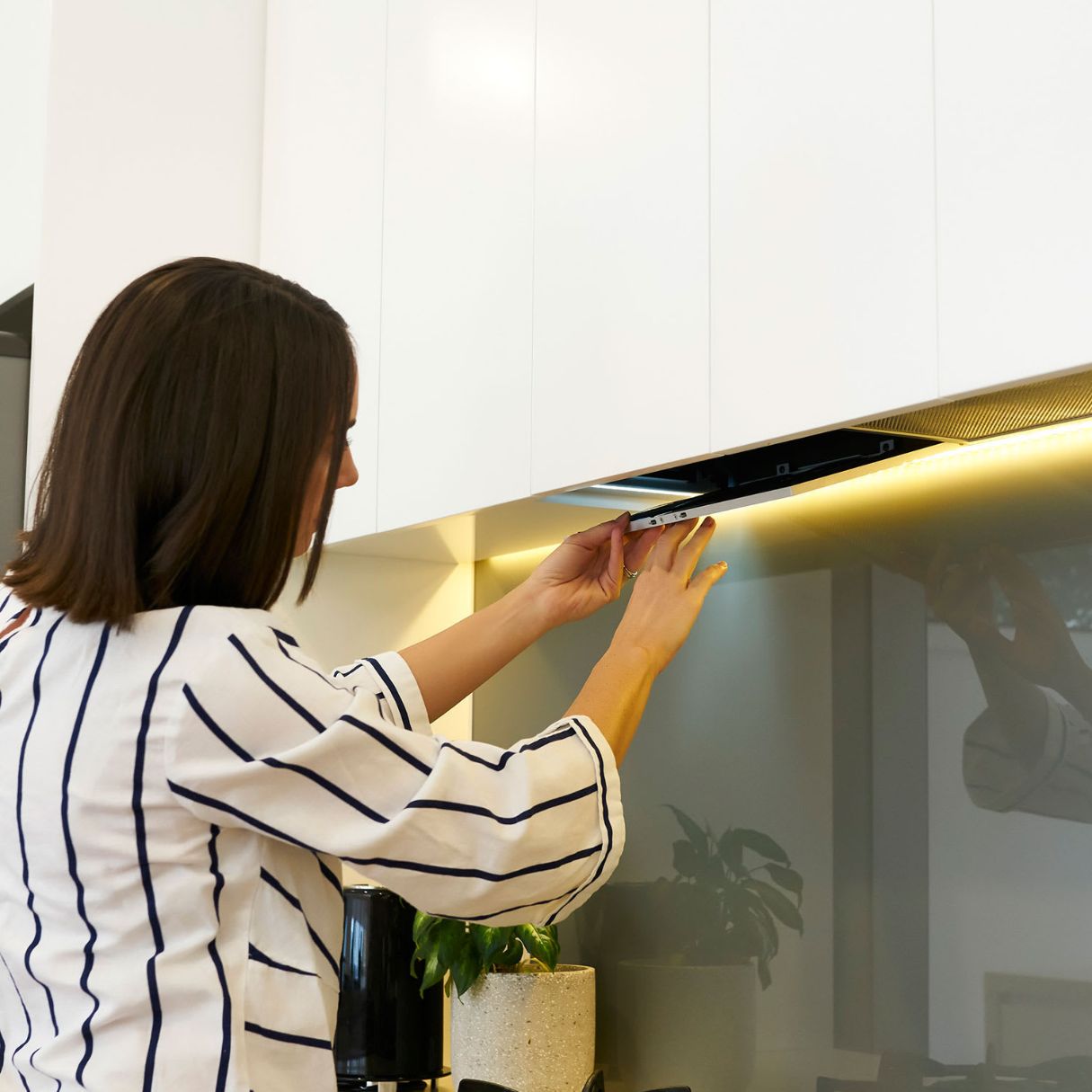
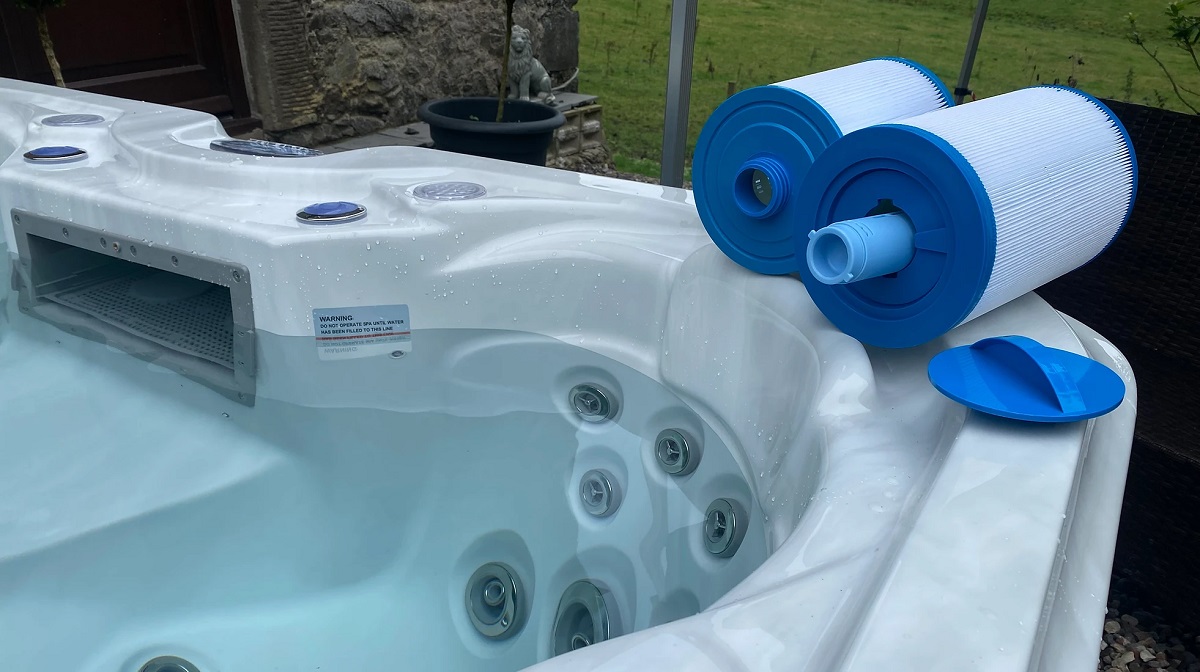

0 thoughts on “How Often Should A Hot Tub Filter Cycle Run”